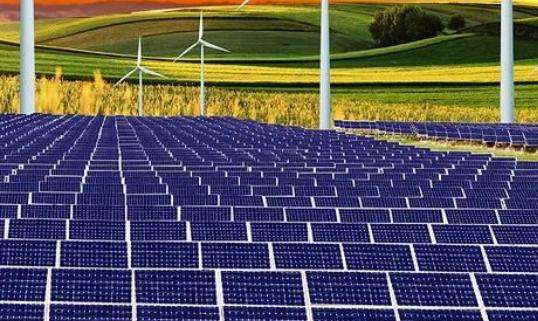Sometimes the reason why the solar water heater sensor test is inaccurate is because the sensor is affected by external forces. Let's take a closer look.
1. Scale problem: After the water heater has been used for a period of time, a large amount of scale will adhere to the electrodes and temperature sensing blocks of the temperature sensor and temperature sensor. water level, affecting its normal operation. to go out.
Solution: You can start from both circuit and material aspects. Since the principle of triggering a small signal can effectively reduce the electromagnetic force on the ions, you can use the digital signal mode. In terms of materials, you can choose conductive silica gel as the protective body for stainless steel materials, which can prevent scale formation.
2. High temperature problem: Since the temperature in the tankSolar water temperature has been above 100 degrees Celsius for a long time, sometimes it can even reach 150 degrees Celsius. The temperature sensor and the water level sensor must be constantly in the water tank, which causes problems for the long-term operation of the sensor. During the operation process of solar water heaters, there are conditions such as air drying, long-term water boiling and long-term steaming, so the electronic components of the sensor are subject to aging or damage.
Solution: At present, polypropylene material has been developed in China, which has good high temperature resistance, good insulation and corrosion resistance. As for the part of the circuit that cannot withstand high temperatures, you can use a principle. water tank design.
3. Interference problem : Solar water heaters are usually installed on the roof of buildings, and the signal transmission is easily affected by electromagnetic radiation from interference sources such as low-voltage lines, high-voltage lines and signal. turns. Most early output signals were analog signals. Even though they were filtered, the signal distortion was also very significant.
Solution: Digital temperature sensors and water level sensors can be used. It has the advantages of precise digital transmission and strong anti-interference ability. With the development of electronic technology, this treatment is no longer an easy task.
4. Waterproof problem: As mentioned in terms of high temperature resistance, the usual approach is to place the sensor probe in the water tank, directly in contact with the water source. water, andto place the electronic components in a water tank protected from high temperatures. Electrode sensors are commonly used in solar water heaters. This type of sensor must be sealed with signal wires, electrodes and temperature sensing devices. However, due to the prolonged presence of steam in the water tank, the signal wires are easily corroded. .
Solution: Try to make the water entering the water tank made of polypropylene and stainless steel materials that are resistant to high temperatures and corrosion. Use silicone rings to seal places that need to be sealed. simple, easy to use and very effective.
The green and white lines are 15K to 18K, and the blue and red lines are 60K. For the Siji Muge solar water heater, the water level sensor is conductive when the water is full. When the fthey green and white are at normal temperature, the resistance is between 15K and 18K. When the blue and red wire water level sensors are not. put into the water, the resistance is 60K, the transmitted temperature of the temperature sensor is actually the transmitted resistance value. Siji Muge Solar Technology Co., Ltd. is a high-tech enterprise in Beijing specializing in the production, application and development of solar thermal energy utilization technology products.














